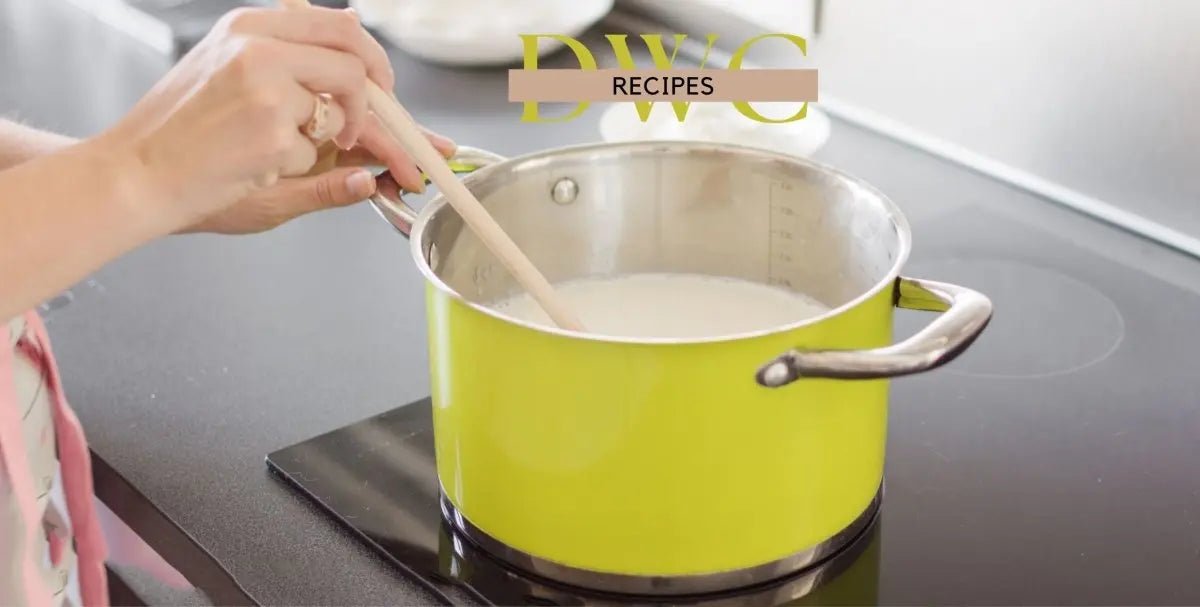
There’s something undeniably magical about watching a garden grow—not just outwards, but upwards. That’s where creeper plants come in. These climbing, trailing wonders have a way of transforming plain fences into leafy murals, boring balconies into botanical escapes, and forgotten corners into lush hideaways. But before you invite a creeper into your garden, you’ll want to understand how they grow, what they need, and—like any clingy companion—what to watch out for.
So whether you’ve got a sunny balcony in Sydney, a shady backyard in the UK, or a rooftop garden in New York, this guide will help you grow creeper plants with confidence and a sense of humour.
Creeper plants—also known as climbers or trailing plants—are the garden's overachievers. Unlike upright plants that grow politely in their place, creepers like to sprawl, dangle, or climb anything in sight. Some send out curly tendrils that grasp whatever they can find. Others grow little rootlets that cling to walls like botanical suction cups. And then there are the twining types that twist themselves around poles, wires, or even other plants in a slow-motion spiral of leafy ambition.
These plants can be annual or perennial, flowering or evergreen, and ornamental or edible. What they all share is a desire to move—up, down, or sideways—and the ability to turn even the dullest wall into a garden feature.
Part of the appeal of creepers is their drama. They grow fast, they make a statement, and they’re the garden equivalent of someone turning up to brunch in sequins. A climbing clematis exploding with flowers, or a passionfruit vine heavy with fruit and buzzing with bees, is nothing short of showstopping. They can provide privacy from nosy neighbours, cool your house with a living shade, and attract butterflies, birds, and all manner of pollinators.
But like all divas, they require a bit of managing. Without guidance, they’ll happily engulf anything nearby—windows, gutters, your favourite rose bush, even your unsuspecting pet if it stays still too long. Some creepers are invasive in certain parts of the world and can cause real environmental problems if not kept in check. Others can damage walls or fences with their sticky roots or sheer weight.
Still, with a little planning, the right support system, and regular pruning, most creepers can be charming additions to any space.
Not all creepers are created equal, and choosing the right one for your space (and climate) makes all the difference. In hot, dry regions, the fiery-coloured bougainvillaea thrives with very little water and lots of sun. If you're in a cooler or temperate climate, clematis is a classic choice, offering a range of colours and blooming types. And if you want a romantic garden with fragrance, jasmine can fill your evenings with sweet perfume, though it prefers warmer zones.
 (14).jpg)
For those after low-maintenance greenery, English ivy and Virginia creeper offer dense, leafy coverage. They’re great for hiding unsightly structures, though they can be a little too enthusiastic if left alone. Climbing hydrangeas are another lovely option for shadier areas, producing large white blooms and lush foliage without the rush of faster growers.
Edible creepers add a productive twist. Think grapevines for Mediterranean-style gardens, passionfruit vines for subtropical zones, or trailing vegetables like cucumber, pumpkin, and melon for those who prefer their creepers on the ground with tasty results.
Planting a creeper is a bit like adopting a dog. You need to know what you’re getting into, prepare the right environment, and be ready to offer regular care. Start by picking a location with the right amount of sunlight, as most flowering creepers love the sun while some foliage-based ones prefer partial shade. Good soil preparation is essential—add compost or organic matter to give your new plant a healthy start.
Next, think support. A sturdy trellis, wire frame, fence, pergola, or archway will give your creeper something to climb on. Install this before you plant, because untangling a plant to put up a support later is a uniquely frustrating experience. As your plant grows, help it along by gently tying new shoots to the structure until it finds its own grip.
Watering deeply but infrequently helps encourage strong root systems. Once established, many creepers are quite drought-tolerant, but they do appreciate a bit of extra water in dry spells or during flowering and fruiting seasons. Feed them in spring and again in mid-summer with a balanced fertiliser to keep them lush and productive.
Regular pruning is your new best friend. It keeps your plant tidy, encourages better flowering, and prevents it from pulling a full “Attack of the Vines” on your shed or carport. Dead or diseased bits should be snipped off whenever you spot them.
It’s easy to fall in love with creepers. I once let a single passionfruit vine “just go wild” for a summer. By autumn, it had climbed into the gutters, crushed two tomato plants, and attempted to strangle the clothesline. Creepers are passionate by nature—romantic, exuberant, and occasionally a bit destructive. Keep them trimmed, and you’ll stay on good terms.
And be wary of their sneaky side. Some self-seed aggressively (looking at you, morning glory) and will pop up where you least expect them. Others send out runners underground, quietly colonising your garden while you’re not looking.
If you're a gardener who loves a touch of drama, appreciates quick results, and doesn’t mind doing a bit of regular grooming, creeper plants can be one of the most rewarding additions to your space. They offer beauty, privacy, shade, and even food—all while turning your garden into a vertical wonderland.
Just remember: what goes up must be pruned. And sometimes tied. And occasionally sternly spoken to. So go ahead—let your garden get a little clingy. It might just grow on you.
.jpg)
.jpg)
.jpg)
.jpg)
.jpg)





.jpg)
.jpg)




.jpg)



.jpg)

.jpg)




.jpg)
.jpg)